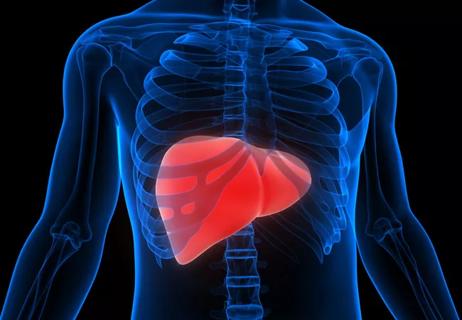Transanal total mesorectal excision (TaTME) is a promising new surgical approach for patients with low rectal cancer tumors. It makes the hardest part of TME, in the narrow pelvis, easier to dissect.
Advertisement
Cleveland Clinic is a non-profit academic medical center. Advertising on our site helps support our mission. We do not endorse non-Cleveland Clinic products or services. Policy
In this four-minute video, watch Conor Delaney, MD, PhD; Stephen S. Brandstetter, MD; and Sherief Shawki, MD, of Cleveland Clinic’s Digestive Disease and Surgery Institute perform sequential laparoscopic TaTME on a 49-year-old man with a 3 cm rectal mass. Learn recommendations for preventing injuries during the procedure, particularly to the prostate and seminal vesicles in males and the vagina in females.
Historically, surgeons have taken a ‘top down’ strategy to removing rectal cancer — entering the abdomen first and then dissecting and working their way downward toward the pelvis. This technique, however, carries some inherent challenges, including ones so great that surgeons sometimes must stop before the surgery is complete.
TaTME of rectal cancer is an approach where surgeons start from the bottom — through the anus — and dissect up through the pelvis. According to colorectal surgeon Dana Sands, MD, who has among the highest single surgeon volumes of TaTME in the world, surgeons can better visualize and remove lower rectum tumors with this natural-orifice technique while maintaining the benefits of a standard laparoscopic procedure.
Cleveland Clinic is a leading center for TaTME in the United States whose surgeons have proctored other surgeons from around the world in the technique. In addition to rectal cancer, Cleveland Clinic is treating people with chronic pelvic infections, colostomies that need to be closed and others with a history of failed pelvic reconstruction with this surgical approach.
Advertisement
In addition to the greater ease associated with a ‘bottom up’ or transanal approach, smaller incisions and shorter length of stay for patients are potential advantages compared to traditional abdominal approaches to pelvic surgery.
Advertisement
Advertisement

Strong patient communication can help clinicians choose the best treatment option

ctDNA should be incorporated into care to help stratify risk pre-operatively and for post-operative surveillance

The importance of raising awareness and taking steps to mitigate these occurrences

New research indicates feasibility and helps identify which patients could benefit

Treating a patient after a complicated hernia repair led to surgical complications and chronic pain

Standardized and collaborative care improves liver transplantations

Fewer incisions and more control for surgeons

Caregiver collaboration and patient education remain critical